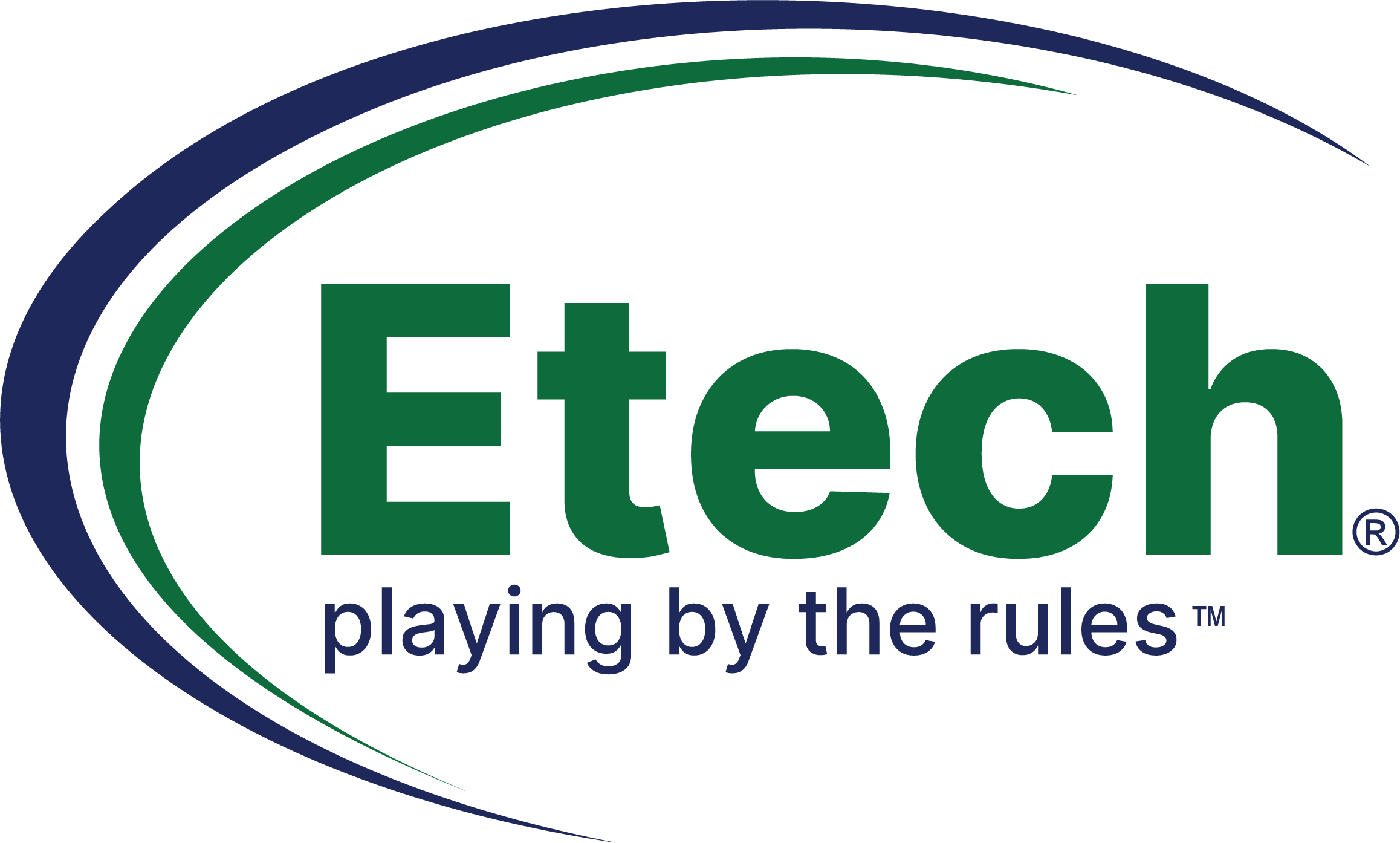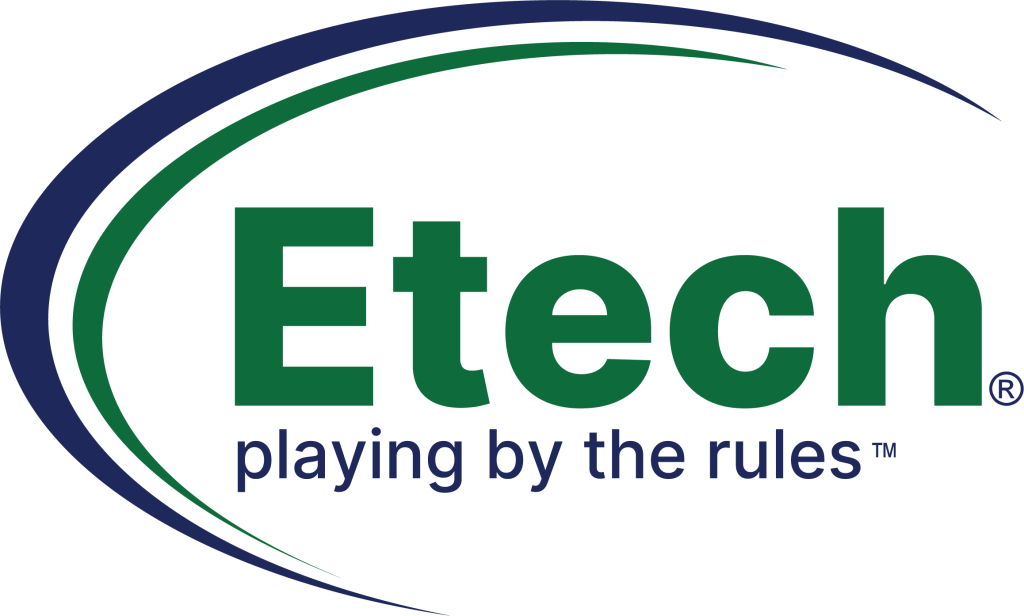What are the 5 Crucial Metrics You Should Measure to Improve Your Contact Center Performance?

Are you a quality assurance manager in any contact center?
If so, you know that it is a part of your work to make decisions that directly impact the contact center’s bottom line. You have to keenly monitor the performance of your contact center and figure out how your team members can deliver better customer experience each time they interact with customers.
How can you do this effectively?
An excellent way to monitor call center performance is by measuring the productivity of your team members with stable and reliable metrics. There are several contact center software options available in the market that might give you a variety of metrics in real-time, however, you need to measure crucial and useful metrics for the most valuable insights information.
Read the following to explore these crucial contact center performance metrics you want to track in order to take your contact center performance to the next level:
Average Rate of Call Abandonment
Every contact center wants to deliver memorable customer experience, and so does yours! Right?
Therefore, it is important to be available when your customers contact you for any assistance, otherwise, you should be able to give them a logical reason why you are unavailable and timeline about how soon you can get back to them. It is one of the effective ways to build a good rapport with your customers and keep them satisfied. But, it has been observed that most of the time, it is just the opposite that happens in contact centers.
Customers often hang up before they can even connect with a team member. This is what we call the average call abandonment rate. Monitoring this metric can give you an overall idea about your team members’ performance. If this rate is higher, try to identify the reasons behind why your people are unable to serve your customers in time, and take necessary steps to improve the scenario.
You may want to communicate with your customers what exactly they can expect their hold time to be based on the availability of your team members and, if needed, hire more people for frontline work when the inflow of customer calls is more, coach and empower your team members on how they can be faster in answering customer calls, or give the busy callers an option to leave a voicemail or request a call back instead. It all depends on what problem your contact center is facing. Once you are able to identify that, your contact center can take the relevant steps to solve these issues.
Blocked Calls Percentage
Blocked calls percentage is nothing but the proportion of incoming calls from customers that receive a busy tone. In an inbound contact center, even one blocked call can result in losing a customer forever. So, if you want to ensure your team is connecting with each inbound caller, you need to identify the common causes of blocked calls and encourage practices that can remarkably reduce them.
One of the reasons behind increased blocked calls percentage could be that not enough team members are available in a specific shift and there are no call queues configured, so callers hear a busy tone. In such a scenario, you want to figure out the possible effective ways to solve this issue. Some of the major ones could be making sure your contact center software can support the call volume, optimizing call queuing, improving agent scheduling and adherence, as well as call forecasting, etc.
Average Duration of Time in Queue
Another important metric to keep an eye on is the measure of overall performance for your contact center. The measurement of overall performance is the average customer wait time in the queue. How you can derive this metric is by dividing the total time callers wait in the queue by the total number of calls answered. It is important to measure the average time that your customers have to wait in the queue to improve the experience that they are receiving from your end.
If you see that your customers end up waiting in line longer than usual, you can ask your team to be more efficient in handling calls and coach them accordingly so that they can drive this KPI to score lower. Also, you may choose to provide your customers with a facility to call back so that they don’t have to keep waiting.
When it’s about measuring contact center productivity
Approximate Speed of Answer
One of the best metrics you need to consider is the average speed in which your team members answer your customers’ questions. If you notice that this metric is too high, it may mean your people are not able to assist customers, as expected. In such a situation, you want to figure out the reason why they are slow to answer customer calls. It has been observed, most of the time, that the use of improved work tools can help increase your team members’ average answer speed.
Average After Call Work Time
You will see your team members’ work doesn’t end when calls are finished. In fact, they often end up spending quite a bit of time updating databases, sending emails and informing teammates about the call, etc. The time that your people spend completing a transaction after the caller has disengaged is the after call work time. As a quality assurance manager, you need to craft and leverage smart processes to reduce your team members’ after call work so that they can make the best use of their time interacting with customers while they are on the clock. It can help your contact center to solve more customer problems and ultimately deliver an effortless and consistent customer experience.
Summing Up
The quality assurance managers at contact centers typically have a general sense of how the team members are performing, even before they look at the metrics. But, it’s crucial to measure the above specific key performance indicators to identify the areas of improvement and take your contact center’s overall performance to the next level.
Do you want to centralize all these metrics for your contact center in one place?
Etech Insights is here to help. We have a strategic blend of people, processes, and technology that has created a remarkable difference while delivering a quality customer experience for years. The exceptional quality monitoring department of Etech (Etech Insights) uses Human Intelligence and Artificial Intelligence together to analyze different, useful KPIs and identify performance-enhancing behaviors and voice-of-customer insights that cannot be found through traditional quality management processes.
Contact us today to learn more about Etech Insights!


